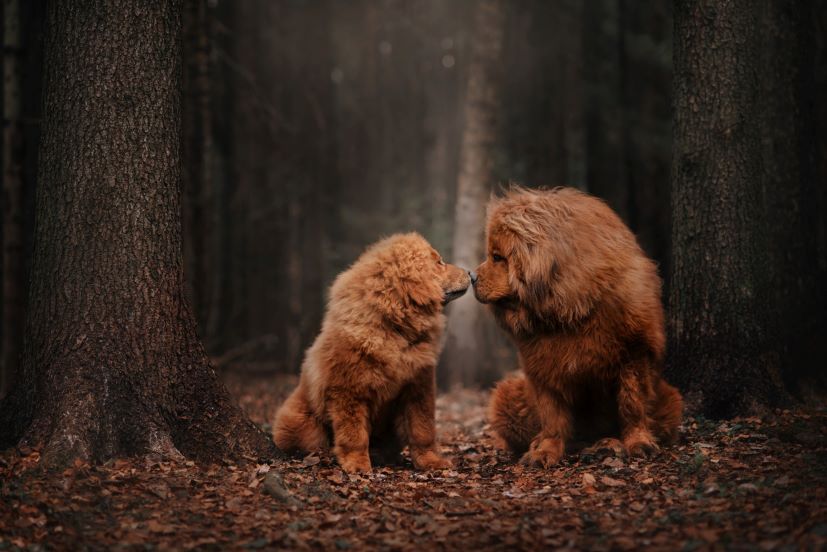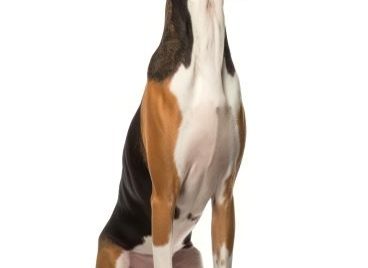Tibetan Mastiff Traits & Characteristics
Introduction
Hello, fellow dog lovers! Today, we’re going to dive into the world of the Tibetan Mastiff. This giant, beautiful breed is full of surprises and is truly one of a kind. I’ve been a fan for many years and hope to share my enthusiasm with you!
Origin and History
The Tibetan Mastiff, also known as ‘Dok-Khyi’ in Tibet, which translates to ‘nomad dog,’ is an ancient breed that originated in Tibet thousands of years ago. They were bred to protect livestock from predators such as wolves and bears, explaining their large size and protective nature.
Physical Characteristics
Size and Weight
These gentle giants are one of the largest breeds in existence. Males stand 26 to 30 inches tall at the shoulder and weigh between 100 and 160 pounds, while females are slightly smaller.
Coat and Colors
The Tibetan Mastiff sports a thick double coat that can be black, blue/grey, or gold, often with tan markings. Their mane is especially dense around the neck, giving them an imposing, lion-like appearance.
Lifespan
Despite their size, Tibetan Mastiffs can live up to 10-14 years, provided they are given proper care and nutrition.
Temperament and Personality Traits
Family and Home Environment
Tibetan Mastiffs are loyal and protective family members. They tend to be reserved with strangers but are very loving with their family. Due to their size and activity level, they require a spacious home with a yard to run around in.
With Other Pets
This breed can coexist with other pets, but early socialization is key. If properly introduced, they can live harmoniously with other animals in your home.
Training and Exercise Needs
Despite their size, Tibetan Mastiffs don’t require extensive exercise. A few short walks and some playtime each day are generally enough. However, they can be somewhat stubborn, so early, consistent training is a must.
Health Issues
Like all breeds, Tibetan Mastiffs can be prone to specific health issues, like hip dysplasia and hypothyroidism. Regular vet check-ups are essential to ensure their health and longevity.
Feeding and Nutrition
Feeding a Tibetan Mastiff can be a challenge due to their size. They need a diet rich in protein and low in grains. Always consult with your vet for the best dietary plan.
Grooming Needs
Their thick coat requires regular brushing to prevent matting and tangling. They’re heavy shedders, especially in the spring and fall, so be prepared for a flurry of fur!
Conclusion
In conclusion, the Tibetan Mastiff is a unique and fascinating breed. Their imposing size, protective nature, and loving temperament make them a great choice for experienced dog owners with plenty of space. Just remember that this breed is not for everyone and requires commitment, patience, and understanding.
FAQs
1: How much does a Tibetan Mastiff eat?
Given their size, they eat more than smaller breeds. However, overfeeding can lead to obesity, so it’s essential to follow a vet’s guidance.
2: Are Tibetan Mastiffs good with children?
Yes, they can be very gentle and protective of children in their family, but they should always be supervised due to their size.
3: Do Tibetan Mastiffs bark a lot?
They can be quite vocal, especially when they sense a threat. It’s part of their heritage as guard dogs.
4: Can a Tibetan Mastiff live in a small apartment?
Due to their size and exercise needs, a small apartment is not the best environment for this breed.
5: How often should a Tibetan Mastiff be groomed?
Weekly brushing is recommended, with more frequent grooming during their shedding seasons.




